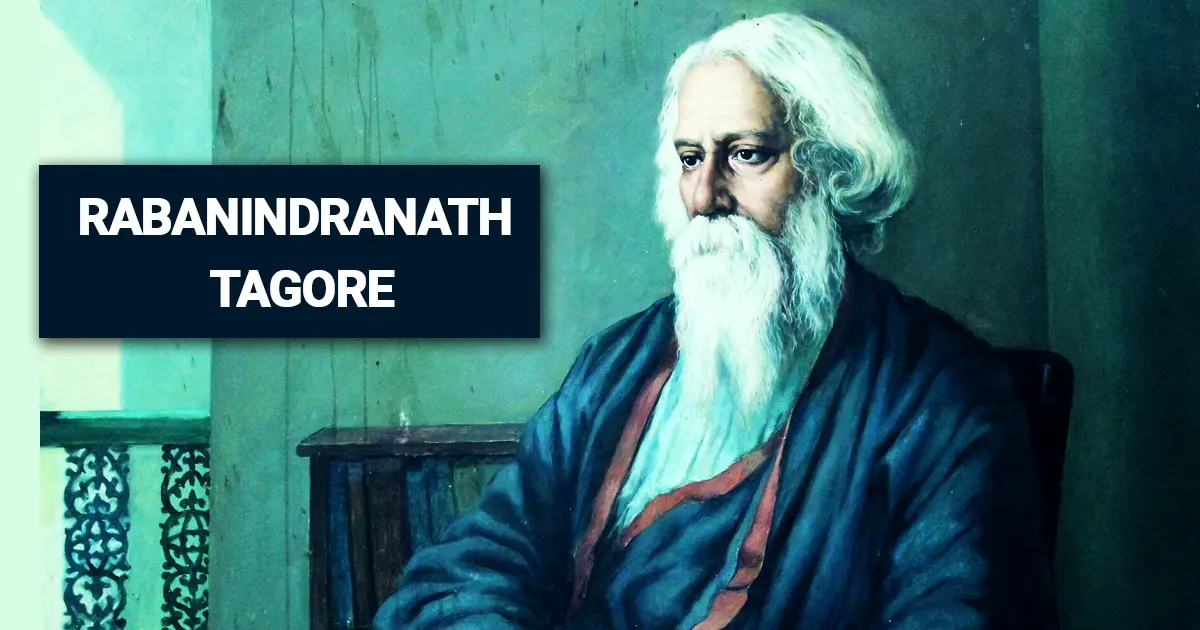GS-4-History

Abanindranath Tagore (1871–1951) was a prominent Indian artist and writer, widely regarded as the founder of the Bengal School of Art, which played a pivotal role in the Indian nationalist movement in art.
Key Highlights of Abanindranath Tagore:
- Early Life:
- Born on August 7, 1871, in Jorasanko, Kolkata, into the illustrious Tagore family, he was the nephew of Nobel laureate Rabindranath Tagore.
- He showed an early interest in art and was trained in European academic art styles before embracing Indian traditional art.
- Contributions to Indian Art:
- Bengal School of Art: Abanindranath sought to revive traditional Indian art forms as a counter to the dominance of Western academic art during colonial rule. His art emphasized themes rooted in Indian culture, history, and mythology.
- Fusion of Styles: He combined Mughal and Rajput miniature traditions with Japanese and Chinese techniques, creating a unique Indian style.
- Notable Works:
- Bharat Mata (Mother India): One of his most iconic paintings, portraying India as a serene goddess holding a book, sheaves of paddy, a piece of white cloth, and a garland.
- Krishna Lila Series: A series depicting scenes from the life of Lord Krishna, inspired by Indian miniature traditions.
- The Passing of Shah Jahan: A poignant work reflecting on the Mughal emperor’s final days.
- Literary Contributions:
- Abanindranath was also a prolific writer, particularly of children’s literature in Bengali.
- Some of his notable works include Rajkahini (a collection of historical tales), Khirer Putul (a popular fairy tale), and Buro Angla.
- Influence and Legacy:
- Abanindranath’s work laid the foundation for modern Indian art and inspired future generations of Indian artists, including Nandalal Bose.
- He was instrumental in shaping the Swadeshi movement in art, promoting the idea of an Indian cultural renaissance.
- His Bengal School of Art influenced not just Indian painting but also the global perception of Indian artistic traditions.




